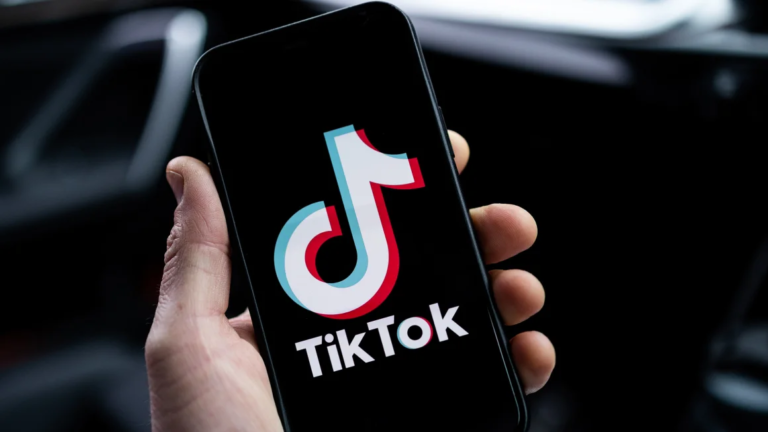Over 250 million videos currently exist on TikTok discussing some of the biggest career trends in 2024, including quiet quitting, rage applying, and acting your wage.
These videos started appearing on the social media platform in 2022, with many employees discussing their workplace experiences and dissatisfaction with their roles, creating an influx of other workers following suit.
Are employees just jumping on trends, or are workplaces not taking employment satisfaction seriously?
To discover the impact these TikTok career trends can have on the workplace and employees, the feel-good PR agency, Lem-uhn, has partnered with Employment Services Director at Peninsula, Kate Palmer, to discuss three of the current biggest trends.
Act your wage – 106.8 million videos
Similar to quiet quitting, the act your wage trend means only working as hard as your salary level seems to dictate, rather than doing whatever it takes to get the job done.
This play on words has become a common saying amongst more junior employees who feel that if a company expects them to work above and beyond their role, they should be paid for it in correlation to what they’re worth.
Employers can often want their employees to be engaged and go above and beyond what is required, however many employees desire for more flexible working patterns and prioritise a work-life balance.
If employees work with the attitude that they are only going to do what they’re paid for and nothing more, then this could cause issues for employers.
When employees are looking to progress in their careers, they put the wage bracket and responsibility on the same page, which can result in businesses that can’t afford to pay what the employee thinks is worth it for their time and expertise.
Quiet quitting – 88.8 million videos
Quiet quitting involves an employee coming to work every day and only carrying out what is required of them contractually, with many employees supporting the trend.
There could be many reasons someone chooses to do this; they may prioritise health and wellbeing, or not see the value in investing extra time or effort into their role if they don’t want to stay at a company for a long time.
They may also be perfectly happy just doing what is asked of them, while others make a conscious effort not to go the extra mile if they’re upset at their employer.
However, this can cause issues in the workplace, as managers now have to adapt to external aggressors through social media rather than reading the room with employees. It could also be difficult for some employers to identify what the specific issues are to bring about any effective change due to a lack of communication.
Rage applying – 65.6 million videos
Rage applying is when you apply to as many jobs as possible as a reaction to typically building frustration or having a bad day at work. As society becomes ever more digital, we’re seeing an increase in the number of unhappy employees rage quitting.
Kate revealed the rage applying trend is more typical within the younger generations, who are prioritising flexibility, career progression and values. They are less likely to work for companies who they believe do not align with their values, and more likely to leave a job if the company doesn’t give them the benefits they want.
Although rage applying may make employees feel better, whenever an employee is not happy in their role and looking for opportunities elsewhere, it means they’re less likely to give their best at work. This has a direct impact on the level and quality of work they are producing if they have already checked out mentally.
Riannon Palmer, Founder and Managing Director at Lem-uhn, commented: “The rise of career trends on TikTok has definitely impacted employee work ethics and how employers can ensure their teams are happy and satisfied. The platform seems to have given a voice for employees to talk about their issues and encourage other workers to recognise when they are struggling in their role. This does, however, need to be voiced to employers if they aren’t doing enough. I completely understand why a lot of employees participate in these trends, especially if they feel stressed. We always try our best to ensure employees are happy and not burnt out, and employers do need to ensure they have policies set in from the start to keep employee happiness high.”


1 Comment
Pingback: How To Create an Authentic Employer Brand Experience: Lessons from ESPN – My WordPress